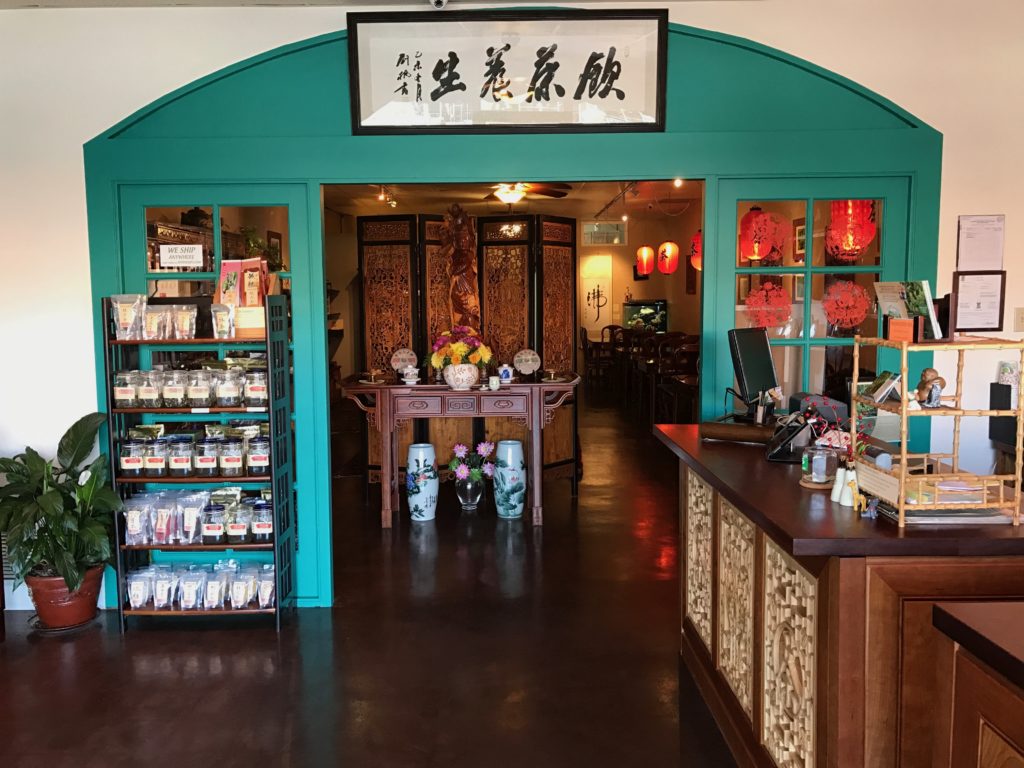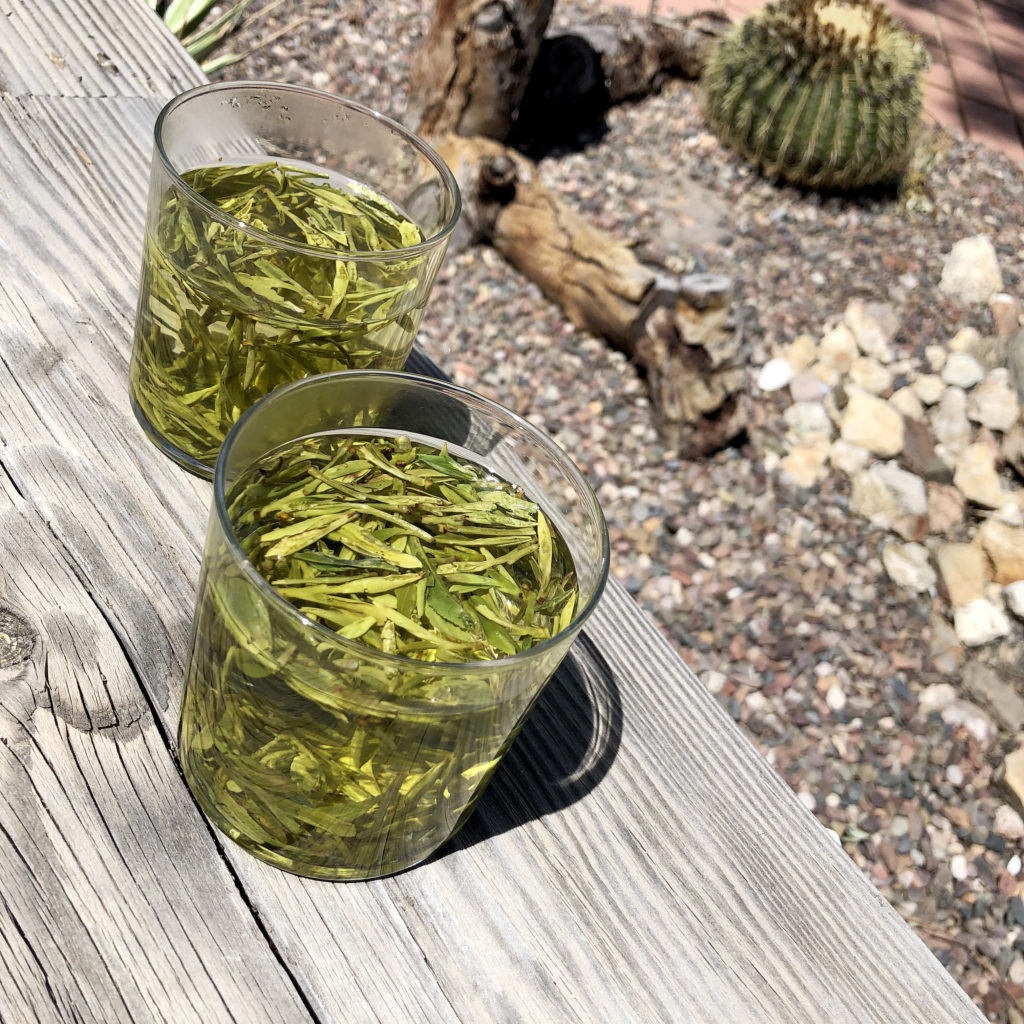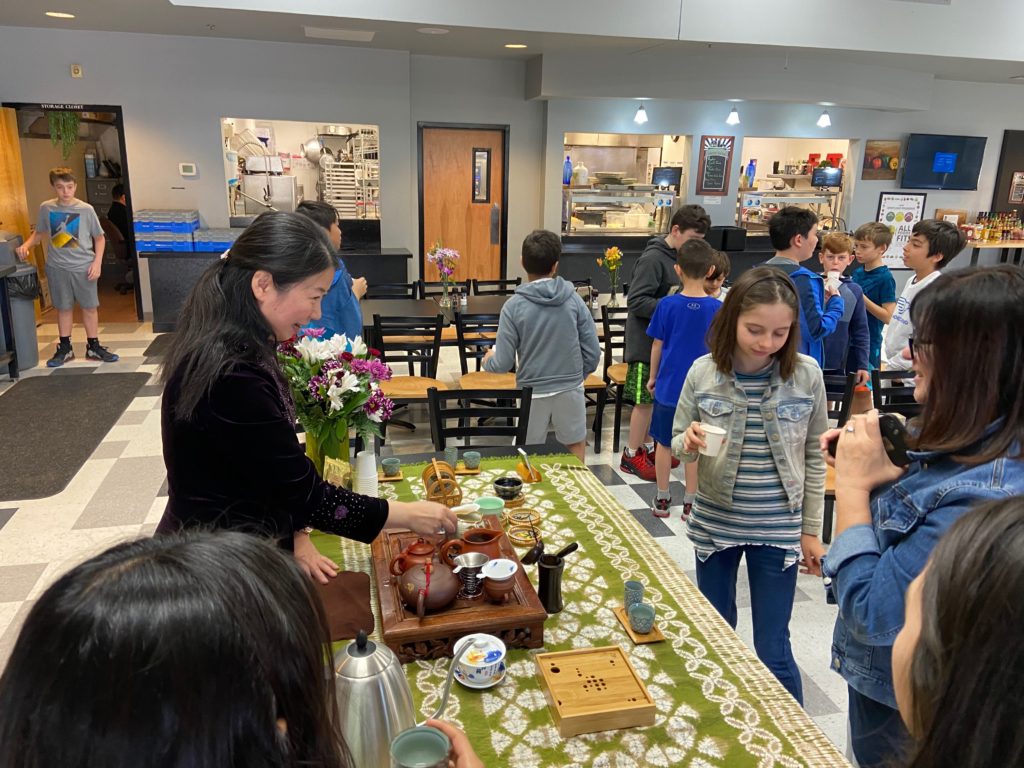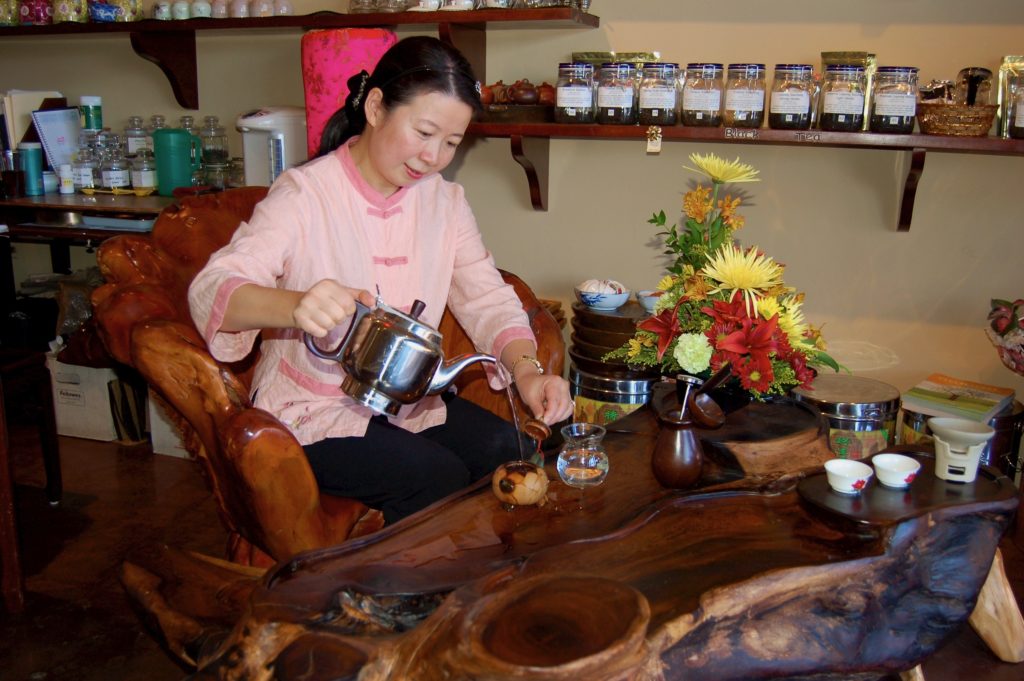
With the holidays’ approach, I’m filled with sadness that our teahouse continues to be closed for service. It looks as if that may be the case for the rest of the year. The first year we were open was also challenging, but December filled us with hope for the future. Not so much that we sold more tea in December, which we did (I didn’t quit my day job), but it was the warmth and encouragement that came from our community that moved me.
Let’s face it, on the surface, Tucson was not an intuitive choice for a Chinese teahouse that was selling the highest priced tea in the country. The truth was, it was precisely the right place, even if half the population and tourists stopped coming for almost half the year. It should not come as a surprise that both culture and quenching one’s thirst are held in high regard in Tucson. If you look under the surface, Tucson is all about culture, and it’s why we live here.
The Art of the Teahouse
Our teahouse is unique in the Southwest and the country, for that matter, made so by my wife Zhuping and her staff. It is her expression of art. Like her, everything inside comes from China, all the furniture and art, all the tea and teaware. All except for the walls. They have been plastered with clay that was mined out west of town. There is mica in the clay that sparkles only if you pay attention to it. When you pay attention to those clay walls, you may also start to feel the metaphor of being tea inside of a clay teapot.

Zhuping first became curious about tea as a young woman working in a job where the boss told her to collect a debt of many thousands of dollars. When she asked the owner of a fashionable resort why debt remained outstanding, he told her that an expensive well was being dug. She replied it made no sense, and her boss would not accept the reason. The water there is plentiful because of the mountain springs. He acknowledged this but said it was not pure enough for making tea. China, at the time, struggled to free itself of poverty. How could tea be so grand as to deserve such expense? Her curiosity was piqued at the question. China was also rediscovering its culture, and that has not subsided. That began her study of tea and its culture that would bring her to our desert. She, like a lot of us, came for a visit and never left.
Zhuping is an accomplished scholar of Chinese tea and tea culture, and some of China’s leading tea scholars have made the trip to Tucson to examine her work and even lecture here. Like those scholars, people have come from worldwide to visit us, some to test our staff about their tea knowledge, which always pass, having been trained by Zhuping. She has also taught in local settings from kindergarten to graduate school.

We have had fantastic staff over the years. It’s been a very diverse assortment of people. There is a lot to learn as a server at Seven Cups. We usually have about a hundred teas, and each has a story, as does the broad assortment of teaware. There is a ritual to serving tea even when it’s made most simply. When it comes down to it, the tea must be well made.
The staff has no standard uniform, but Zhuping is always dressed in Chinese fashion and presents an example of grace in tea service. There is, however, no pretense in her demeanor. Everyone gets treated with equal regard, and her genuineness is evident to all who meet her.
Teahouse Community
My first concept of a teahouse came from Pearl S. Buck. It is easy to forget that she was one of the best-selling authors of the Depression-era, winner of a Pulitzer Prize and a Nobel Prize for Literature. In one of her books, she talks of a teahouse. The teahouse was run with elegance, and most of the customers could afford to come often. Though, Buck’s story centers its narrative about a peasant farmer, who, having just sold his meager crop, makes his once a year, unwashed appearance at the fashionable teahouse and is welcomed and served in the same style as the more well-heeled patrons. Zhuping and our staff have brought the same spirit to her teahouse. As it was in The Depression as it is now, people need a teahouse.
Americans sometimes are intimidated coming to the teahouse. Impressions coming from the austere Japanese tea culture heavily influenced by Zen are what most imagine. Our tea house is not a temple. Chinese tea culture focuses more on socializing, talking, laughing, and having a good time with friends over tea. Chinese tea ceremonies are about spilling water, and every graceful movement is utilized to make a better cup of tea. No knowledge is required of the tea drinker, nor any developed palate required.
Still, walking into the teahouse, you enter into a different environment by design. Zhuping wants it to be a place where our neighbors can relax, take a deep breath, and experience a moment of luxury, both from our service and our tea, a place of no snobbery where all are welcome and none left out. That is the purpose of a community teahouse as she sees it.

Many tasks must be done every day. Most customers never notice there’s no dust to be found, though dust is ever-present in our desert town. All artists understand there is a lot of tedium in practice. Neglect of any detail would not be acceptable to her. Art lives in the details and the giving of oneself. Seven Cups tea culture and the art of our teahouse is Zhuping’s unique expression and the execution of her staff.
In past years we would not see Zhuping at home in December until Christmas because she worked at the teahouse every day during the month, right until New Years’. She didn’t need to; our staff can handle things. But she wanted to greet the community and make new friends, as well. Even though we are closed for seated service, our shop is still open, so I imagine that she’s likely to be there anyway.
The joy of the season is dampened this year. However, we know the community has not left, just at home. Throughout the challenging year, we have made it through because of our community as sure as we did the first year, even if we haven’t been able to make anyone a cup of tea. We are so happy and proud to be part of the Tucson community. There is nowhere we would rather be.
We look forward to seeing you next year. We send you all of our best wishes.
Austin
